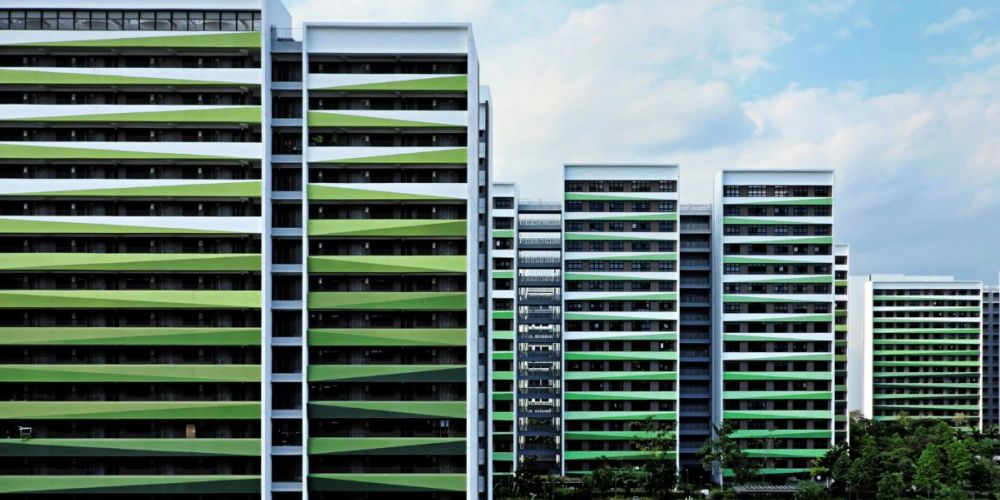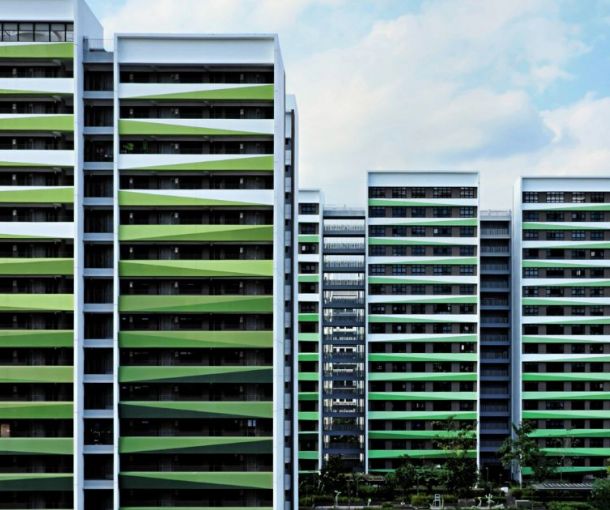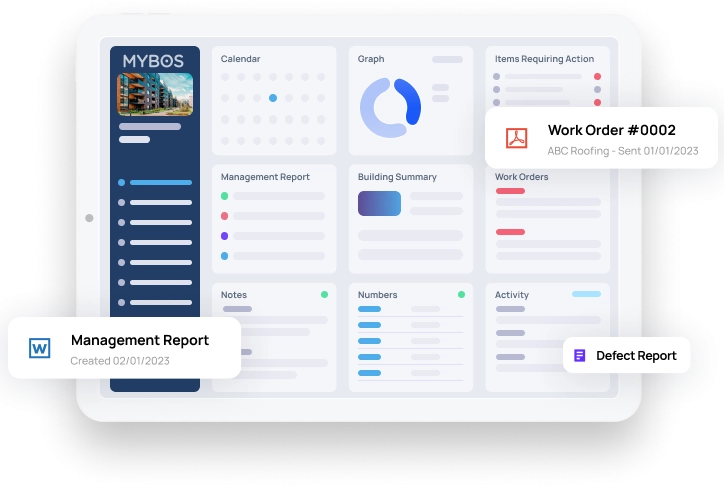
The Path to Net Zero: What Does It Take to Build and Operate a Carbon Neutral Facility?
As Australia races towards ambitious climate targets, the pressure is on for facility managers and developers to decarbonise their buildings and operations. Buildings account for a significant portion of Australia’s carbon footprint, and addressing emissions from the built environment is critical to reaching national targets. Developers, owners, and facility managers alike are now under pressure to deliver greener assets that reduce emissions across the entire building lifecycle.
But what does it really take to build and operate a truly carbon neutral facility?
From material selection and construction methods to energy systems and operational controls, carbon neutrality requires a strategic, whole-of-building approach. This article explores the critical steps involved in building and operating a truly carbon neutral facility.
What is a Net Zero Building?
A net zero building is designed and operated to reduce its carbon footprint to as close to zero as possible. This is achieved through a combination of low carbon design principles, energy-efficient building technologies, and renewable energy integration.
To qualify as carbon neutral, a facility must:
- Maximise building energy efficiency in design and operation
- Utilise on-site or off-site renewable energy
- Offset any remaining emissions through credible carbon credits
The ultimate goal? Achieving net zero emissions across the building’s entire lifecycle from construction and occupancy to end-of-life decommissioning.
1. Building Net Zero from the Ground Up
Net zero construction starts with careful planning. Developers must consider:
- Sustainable materials and low-carbon alternatives
- Passive solar design to reduce heating and cooling loads
- High-performance insulation and glazing
- Water-saving infrastructure and greywater reuse systems
These green building strategies not only reduce upfront environmental impact but also lower long-term operational costs.
Mirvac offers a strong example and greener building practices in action, having achieved net positive Scope 1 and 2 emissions, and now targeting net positive Scope 3 emissions by 2030. Their approach includes all-electric developments, renewable energy sourcing, and robust offset strategies.
2. Operational Efficiency
While designing sustainable facilities is crucial, achieving net zero emissions in daily operations is where many buildings fall short. Facility management for sustainability means continuously monitoring and improving:
- HVAC and lighting efficiency
- Equipment maintenance schedules
- Waste management and recycling programs
- Smart building systems and automation
As outlined in this article, tracking key operational metrics is essential to maintain energy performance and meet sustainability goals.
3. The Role of Renewable Energy
Renewable energy integration is central to any net zero strategy. Facility managers are increasingly:
- Installing rooftop solar PV systems
- Purchasing green energy from providers
- Using battery storage solutions for demand management
Combining renewables with energy-efficient design greatly reduces reliance on carbon-intensive grid power, helping buildings stay on track with emissions targets.
Stockland, one of Australia’s leading developers, is a prime example of this approach. By installing more than 50 MWp of rooftop solar across its logistics and retail assets and partnering with Energy Bay to trade energy across those sites, Stockland aims to achieve net zero Scope 2 emissions by 2025.
4. Green Certifications and Compliance
Green Certifications for buildings such as Green Star, LEED (Leadership in Energy and Environmental Design), and NABERS (National Australian Built Environment Rating System) offer a structured and credible pathway towards more sustainable building operations.
These frameworks not only validate a building’s environmental performance but also support ongoing improvements in design, construction, and facilities management. They assess key areas such as indoor environmental quality, water efficiency, energy performance, waste reduction, and materials selection.
Achieving these certifications can also boost a property’s market appeal, improve occupant well-being, and demonstrate a strong commitment to environmental responsibility and regulatory compliance.
Facility managers can explore how software tools assist in meeting these certifications in this article.
5. Leveraging Smart Facility Management Tools
Effectively managing a carbon neutral facility, especially at scale, requires the support of intelligent, connected systems. Smart facility management platforms enable building and strata managers to automate key processes and gain real-time visibility across operations. These tools can:
- Automate energy monitoring and reporting, making it easier to track consumption trends and identify inefficiencies
- Streamline maintenance scheduling and equipment tracking to ensure systems run at peak efficiency
- Coordinate sustainability initiatives across multiple buildings or sites, ensuring consistent implementation of green policies
By integrating digital tools into daily operations, facility managers can make more informed decisions, reduce resource waste, and stay aligned with emissions reduction targets.
As we explored in this trends overview, technology is a game-changer for sustainable facilities management.
Practical Steps for Achieving Net Zero
To build and operate a carbon neutral facility, managers should focus on these key strategies:
- Conduct a carbon audit – Identify baseline emissions and energy use
- Set clear sustainability targets – Align with national or international benchmarks
- Implement energy-saving technologies – LED lighting, motion sensors, building automation
- Invest in renewable energy – Solar panels, green power contracts
- Track performance continuously – Use software to monitor and improve operations
- Engage stakeholders – Educate tenants and service providers on sustainable practices
Lendlease exemplifies this whole‑life carbon approach. As part of their Mission Zero roadmap, they commit to net zero operational emissions for Scopes 1 and 2 by 2025 and aim for absolute zero carbon across all Scopes by 2040. They do this by Implementing energy-efficient systems, electrifying operations, and using renewables while engaging tenants and the community for greater impact.
From Commitment to Completion: Making Net Zero Work For Your Facility
In a world facing escalating climate risks, building net zero facilities isn’t just an option, it’s a necessity. For Australian facility managers, the opportunity lies in embracing low carbon design principles, integrating clean energy solutions, and leveraging smart platforms to track and optimise building performance.
Whether retrofitting an existing building or managing a new construction, the journey to a carbon neutral facility begins with data, strategy, and the right tools.
Ready to explore how MYBOS can help future-proof your building operations? Book a demo today to discover how our platform supports net zero goals and facilities management.




